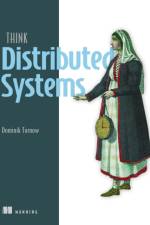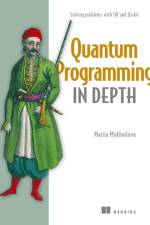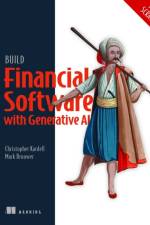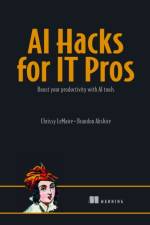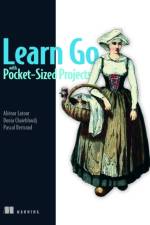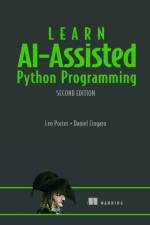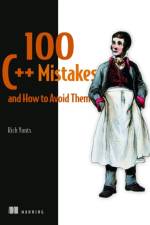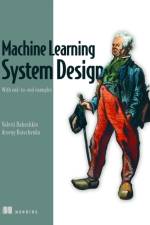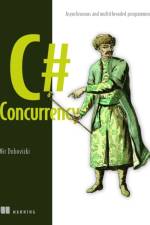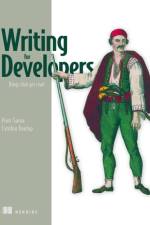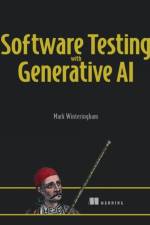av Qiang Hao
715,-
A friendly illustrated guide to designing and implementing your first database.Data is the backbone of computer science, and databases are the main way that data is stored, exchanged, manipulated, and managed. Whether you’re a software developer, a data scientist, or an enthusiastic business user looking to up your data analysis skills, it pays to learn how to create and query relational databases like MySQL, SQL Server, PostgreSQL, and Oracle. Grokking Relational Database Design will get you started! In Grokking Relational Database Design, you’ll learn how to: • Query and create databases using Structured Query Language (SQL) • Design databases from scratch • Implement and optimize database designs • Take advantage of generative AI when designing databases A well-constructed database is easy to understand, query, manage, and scale when your app needs to grow. In Grokking Relational Database Design you’ll learn the basics of relational database design including how to name fields and tables, which data to store where, how to eliminate repetition, good practices for data collection and hygiene, and much more. You won’t need a computer science degree or in-depth knowledge of programming—the book’s practical examples and down-to-earth definitions are beginner-friendly. About the book Grokking Relational Database Design teaches the art of database design through real-world projects, insightful illustrations, and action-oriented learning. Unlike many beginning database books that focus on the technical details of SQL and formal database theory, this book teaches you how to think about relational database design from the ground up, so you’ll create databases that are a joy to use for a long time. Everything in this book is reinforced by hands-on exercises and examples. You’ll quickly design, implement, and optimize a database for an e-commerce application like the ones you use every day. You’ll also explore how generative AI tools such as ChatGPT radically simplify the mundane tasks of database design. About the reader Suitable for self-taught programmers, engineers, data scientists, and business data users. No previous experience with relational databases required. About the author Qiang Hao is an associate professor of Computer Science at Western Washington University. He is a recognized expert in computing education research and has extensive experience in teaching a variety of computer science courses, such as software engineering and database systems. Michail Tsikerdekis is an associate professor of Computer Science at Western Washington University. He holds a Ph.D. in Informatics from Masaryk University, Czechia. Additionally, he is recognized as an IEEE Senior Member, and his expertise covers over a decade of teaching experience in Computer Science and Cybersecurity.

